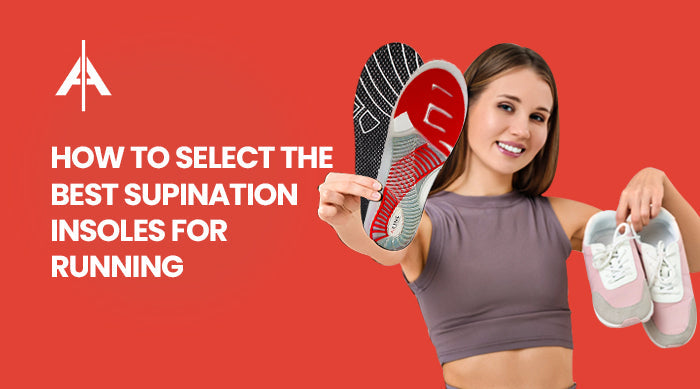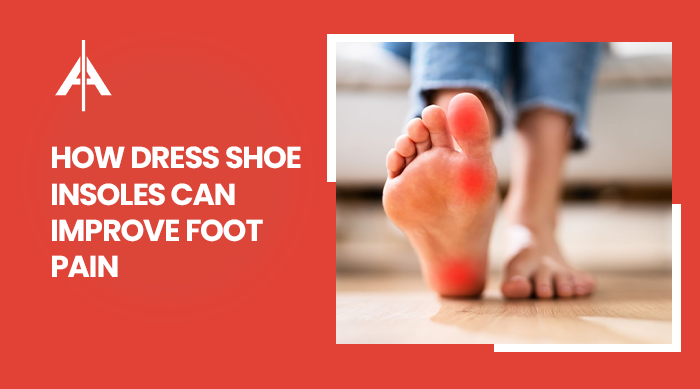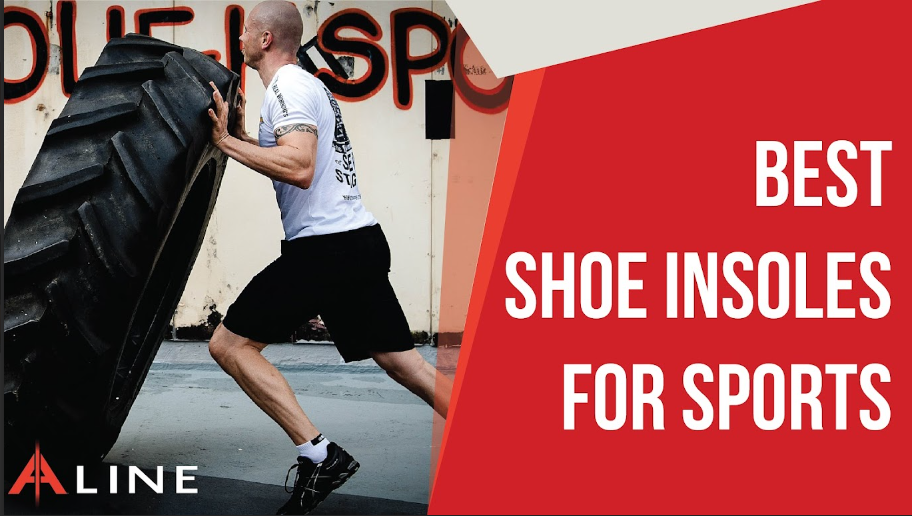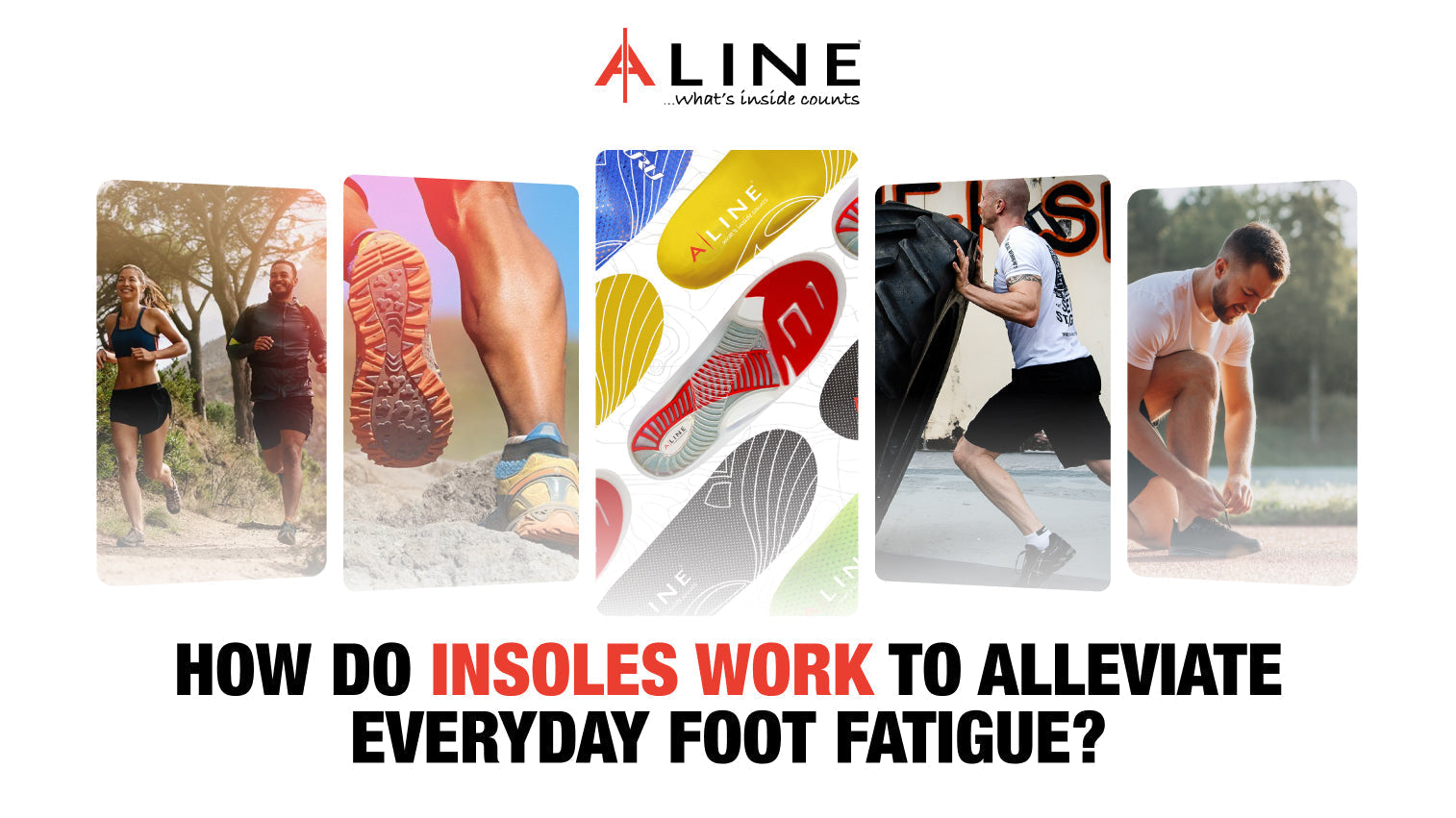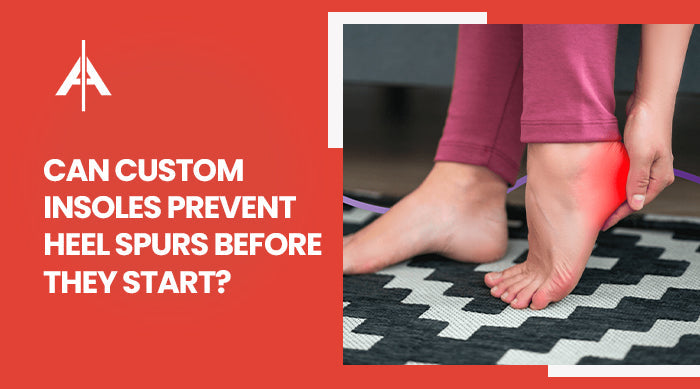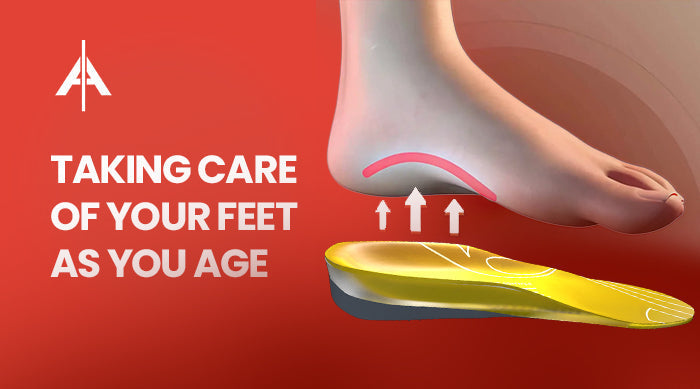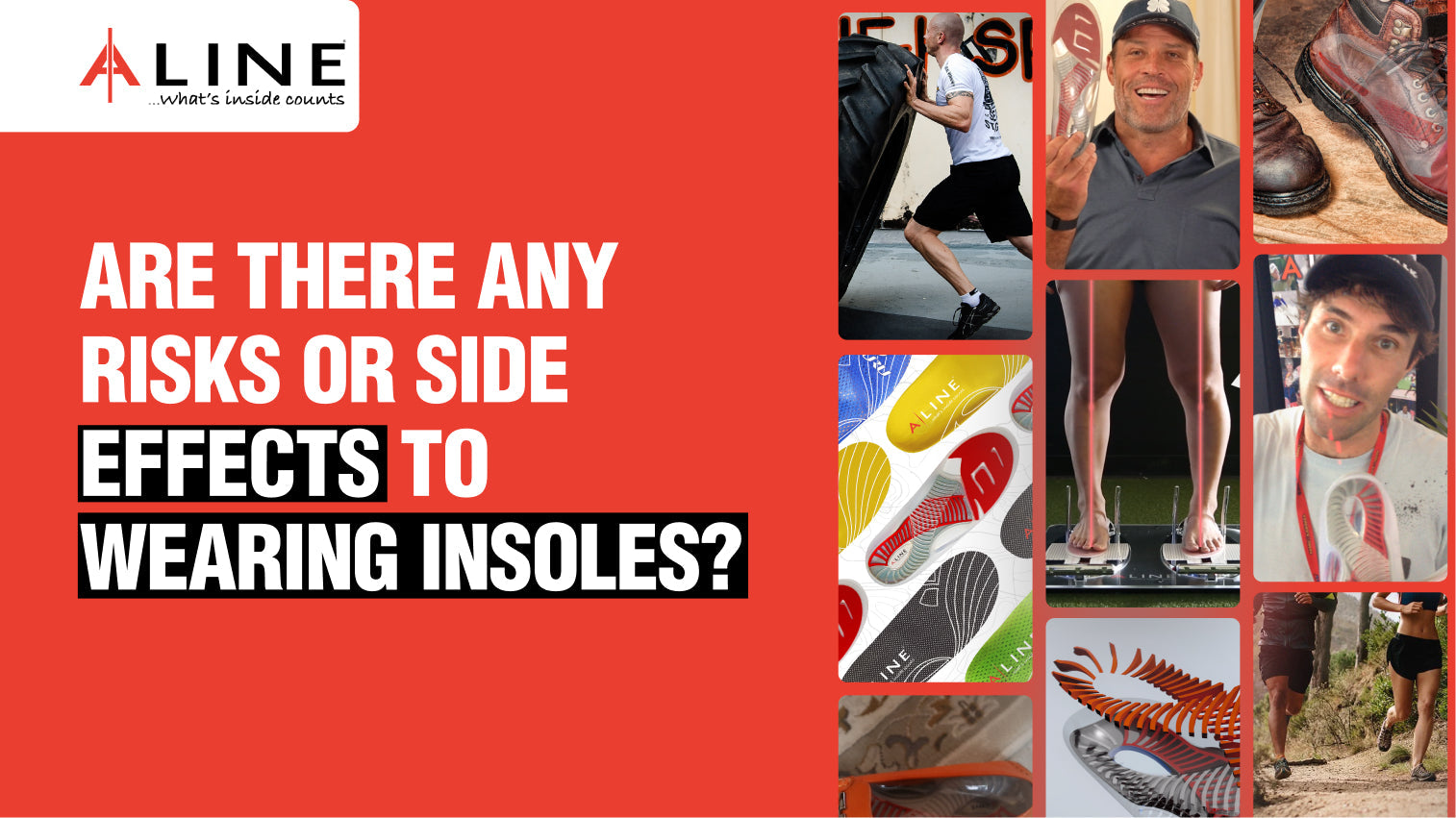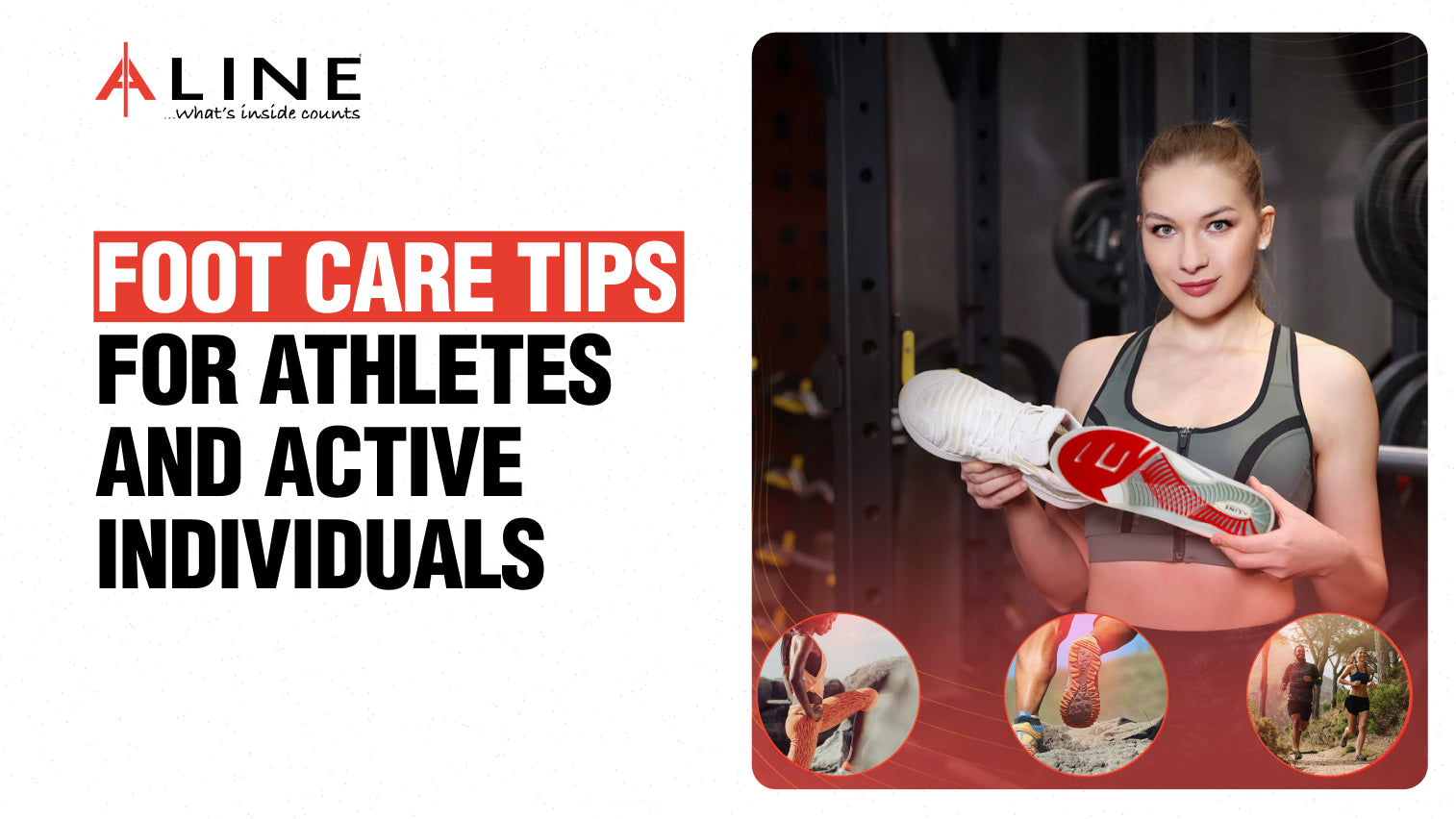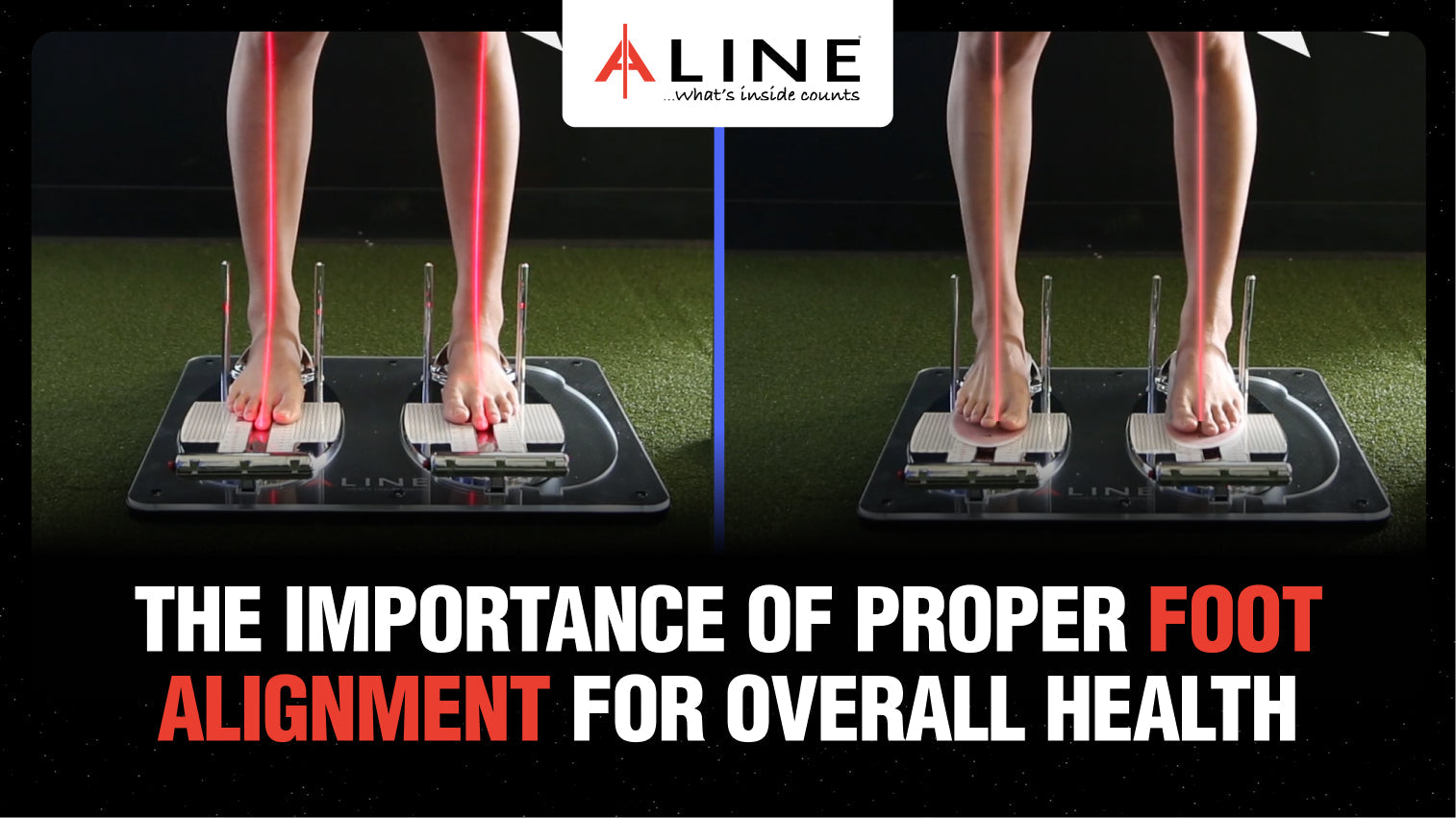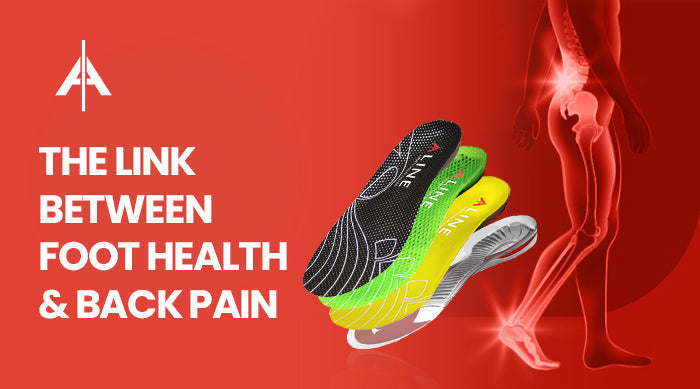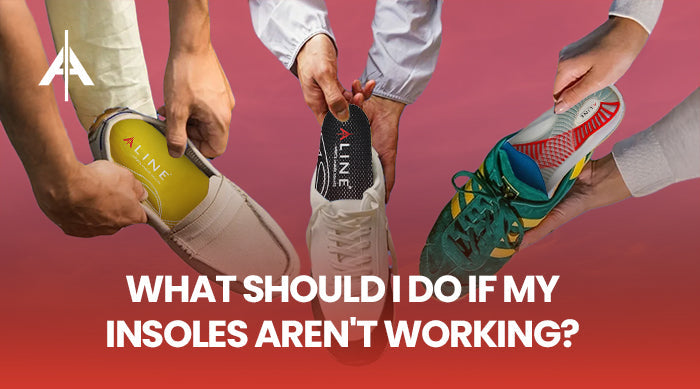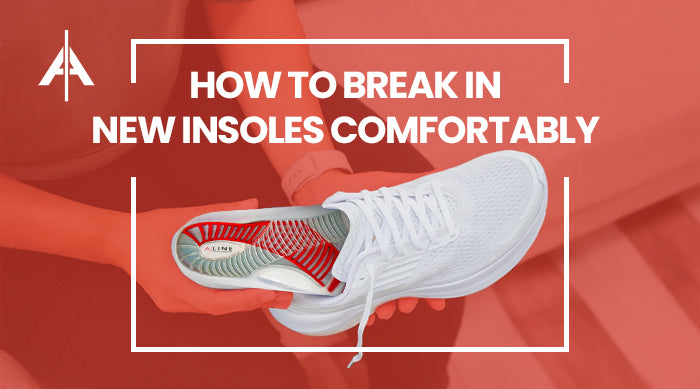How to choose the Ideal Insoles for Soccer Cleats

Summary
- Soccer cleat insoles are essential for performance, injury prevention, and foot comfort during high-impact play.
- Key features to consider include arch support, shock absorption, grip, slim design, and breathability.
- ALINE Cleat Insoles stand out for dynamic alignment, patented suspension technology, and cleat-specific durability.
- Insoles come in various types such as prefabricated, custom-molded, and gel-based, each offering distinct benefits.
- Proper selection and maintenance of insoles directly influence a player's agility, endurance, and lower limb health.
Soccer demands precision, endurance, and quick directional changes, placing significant strain on the feet, ankles, and lower body. While cleats are designed for traction and surface control, the insole plays an equally critical role inside the shoe. A well-designed insole supports the foot’s structure, absorbs impact from repetitive motion, and promotes proper alignment under pressure.
This article outlines the core features that define an ideal soccer cleat insole, explores the top recommended options, and provides guidance on selection and maintenance.
Neglecting the importance of insole quality can lead to fatigue, poor stability, and overuse injuries over time. Choosing the right insole is more than a comfort upgrade, it is a strategic decision that directly affects agility, power transfer, and recovery throughout every phase of the game.
Key Features to Prioritize
Selecting insoles specifically designed for soccer cleats requires attention to factors that support high-speed movement, sharp cuts, and extended play.
1. Arch Support
Arch support is fundamental in stabilizing the foot and ankle. It reduces overpronation, improves balance during lateral movements, and ensures the foot remains properly aligned during play. Athletes with neutral or flat arches benefit from structured support to avoid excessive strain on tendons and ligaments.
2. Cushioning and Shock Absorption
Repeated impact from running, jumping, and sudden stops can place significant stress on joints and muscles. Insoles with integrated shock absorption help dissipate this impact, reducing fatigue and lowering the risk of common overuse injuries such as plantar fasciitis or Achilles tendon strain.
A study published in Foot & Ankle International found that 61% of soccer players reported foot pain linked to overuse and improper foot support, with midfoot and heel pain being the most common.
3. Grip and Traction
A secure in-shoe grip enhances performance by anchoring the foot within the cleat. Anti-slip textures or heel cups prevent internal sliding, which can lead to blisters, hot spots, or loss of control during explosive plays. Consistent foot positioning translates to better stability and quicker reaction times.
4. Thin Profile
Soccer cleats are intentionally designed to be low-volume for optimal ball feel. A high-profile insole can disrupt fit and responsiveness. A thin, performance-engineered insole maintains a close cleat-to-ground connection without compromising support.
5. Breathability
Moisture and heat buildup can result in skin irritation, discomfort, and odor. Breathable insoles made from moisture-wicking fabrics help regulate internal shoe temperature, keeping feet dry and reducing bacterial growth. This contributes to better focus and prolonged comfort during extended play sessions.
Top Recommended Insoles
Identifying insoles suited for soccer-specific needs involves evaluating their design features, durability, and biomechanical support. The following products are among the top-performing options currently available.
1. ALINE Cleat Insoles
Recognized for overall excellence, ALINE Cleat Insoles are engineered with patented Suspension Zone Technology that supports dynamic alignment through the ankle and knee. This reduces strain during lateral movements and sprints. The insoles include a gel-cushioned heel for impact absorption and flexible support ribs that adapt to natural foot motion.
Their ultra-thin profile fits securely in tight cleats, while the antimicrobial, breathable materials enhance hygiene and durability. These features position ALINE as a preferred choice for soccer athletes seeking reliability, comfort, and scientifically backed performance.
2. CURREX CleatPro Insoles
CURREX insoles are known for anatomical arch support and a lightweight structure that adapts to foot movement. A textured heel surface improves in-shoe grip, reducing slippage during high-intensity runs or quick pivots. Though comfortable out of the box, some users may experience a brief adjustment period as the material conforms to individual foot contours.
These insoles are well-suited for midfielders or forwards requiring speed and multidirectional flexibility.
3. Tread Labs Dash Thin Insoles
Designed for durability and firm support, Tread Labs Dash Thin Insoles offer a rigid arch structure within an ultra-slim design. The carbon-fiber-reinforced base provides long-lasting integrity, while the low profile ensures compatibility with narrow cleats. These insoles are a strong fit for players who prefer maximum ground contact with additional arch correction.
Types of Insoles

Different insole designs cater to varying support needs and foot mechanics. Understanding the categories can guide players toward the best solution.
Prefabricated Insoles
These are mass-produced insoles available in general sizes. They are cost-effective and provide moderate support, making them suitable for casual or youth players without pre-existing foot issues.
Custom-Molded Insoles
Custom-molded insoles are created based on the unique shape of the player’s foot. Often recommended for athletes with structural foot problems, these insoles offer superior correction for gait abnormalities, chronic pain, or severe pronation.
Gel Insoles
Gel-based insoles are favored for their enhanced shock-absorbing properties. They are effective for players who experience consistent impact stress, such as forwards who engage in rapid acceleration or goalkeepers who frequently dive or land with force.
How to Choose Soccer Insoles
Several factors influence whether an insole is compatible with a player’s needs and cleat design. These should be evaluated carefully before purchase.
Material
Material choice affects performance characteristics:
- Foam materials offer breathability and are lightweight.
- Gel insoles cushion the heel and forefoot from repetitive impacts.
-
Orthotic materials provide rigid support for foot alignment and pain relief.
Fit
The insole should conform to the cleat's size without bunching or excess movement. A misfit can disrupt foot placement and compromise performance. It is essential to choose insoles that maintain cleat responsiveness while offering adequate support.
Durability
Durability is a critical consideration given the stress soccer cleats endure across grass, turf, and artificial surfaces. Reinforced materials in the heel and arch area increase the lifespan of insoles and reduce the need for frequent replacements.
Brand Reputation
Established brands like ALINE, known for combining biomechanical research with performance engineering, provide added assurance of product quality and results.
Customization
Athletes with flat feet, high arches, or prior foot conditions benefit from customizable options. Adjustability ensures proper alignment, pain mitigation, and long-term comfort during training and competition.
Conclusion
Insoles play a pivotal role in enhancing soccer performance by supporting foot alignment, reducing fatigue, and preventing common injuries. Choosing a well-designed insole tailored to cleat fit and play style can improve stability and comfort across all levels of competition.
Among the most reliable options available, ALINE Cleat Insoles offer a well-balanced combination of alignment support, impact cushioning, and breathability, making them a smart investment for serious athletes. By prioritizing insole quality, players can gain an often-overlooked edge that supports long-term health and performance.
FAQs
1. How often should insoles be replaced?
Insoles should be replaced approximately every six to twelve months. Players who train several times per week or compete on hard surfaces may require more frequent replacements to maintain performance and injury prevention.
2. Can insoles be swapped between cleats?
Swapping insoles between cleats is not recommended. Each insole adapts to the specific contours and pressure points of the original cleat. Dedicated insoles ensure a proper fit and prolong cleat lifespan while maintaining hygiene.

